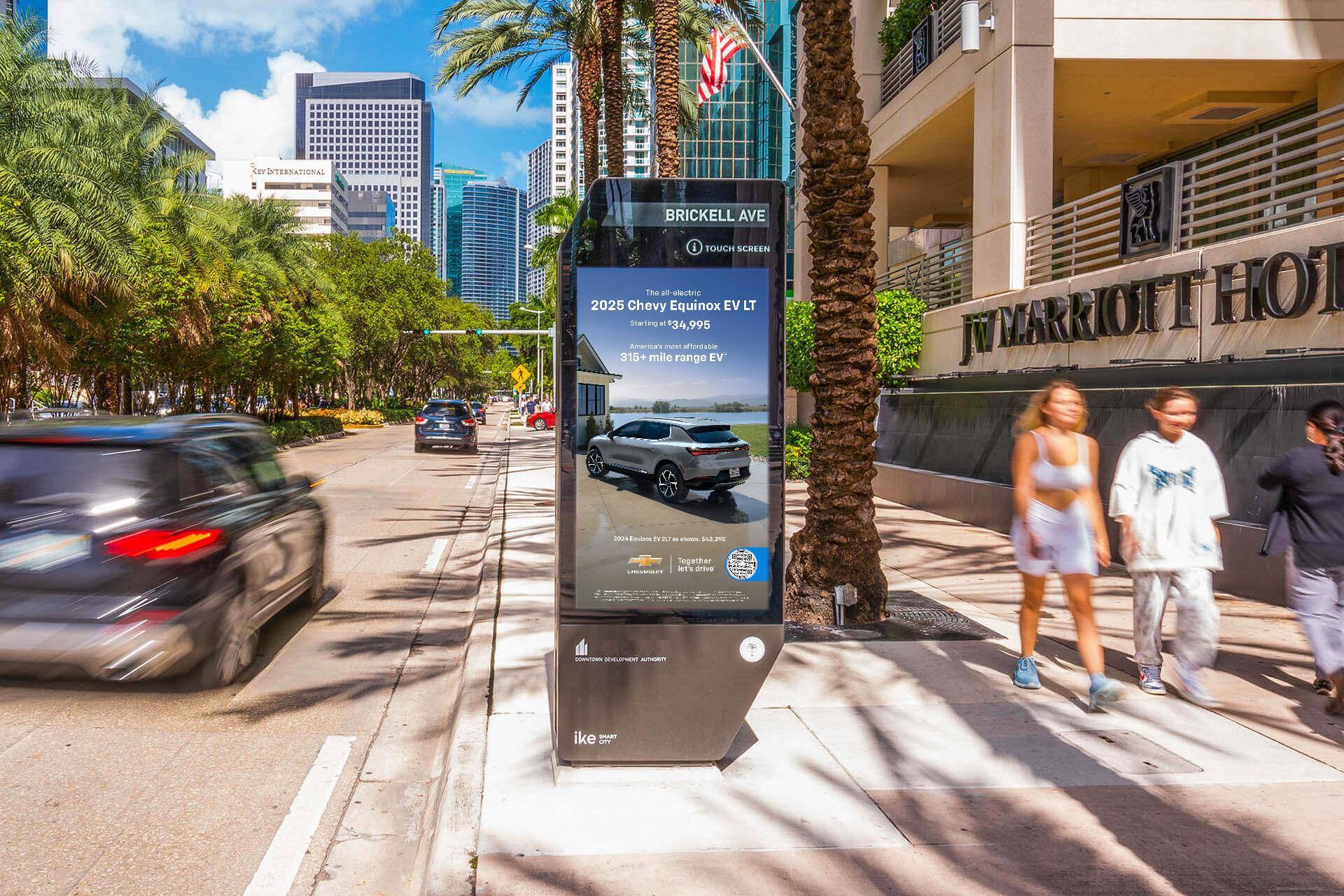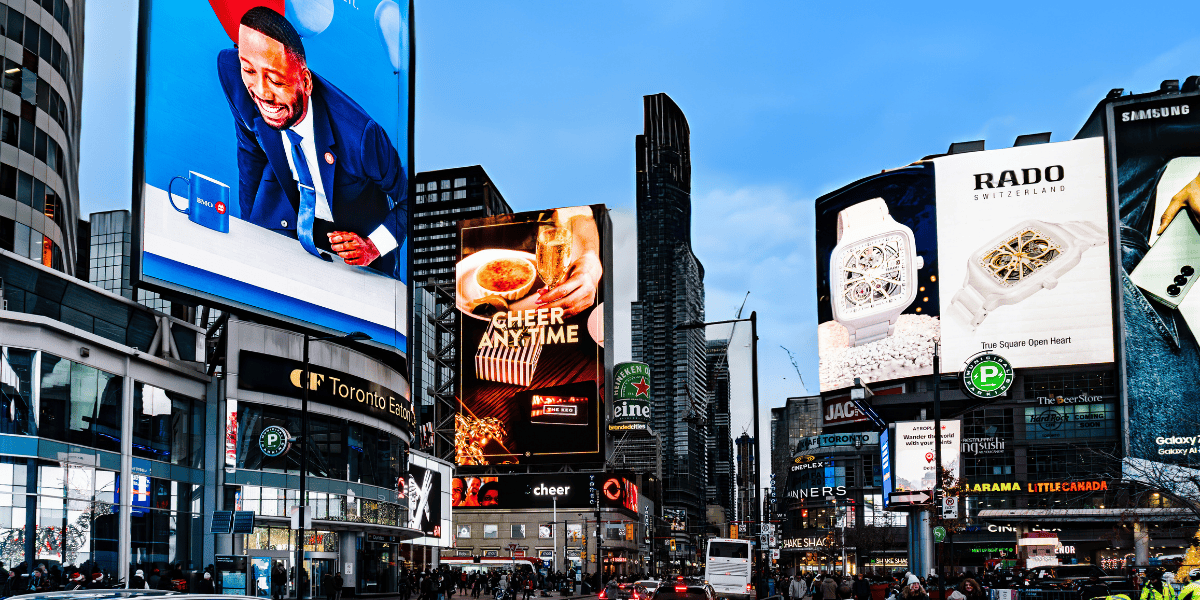
In digital out-of-home (DOOH) advertising, metrics such as foot traffic, brand lift and conversions offer essential insights into campaign performance and audience engagement. But here’s the truth: those results are only as strong as the foundation they’re built on.
That foundation? Exposure. You can’t measure who you didn’t actually expose.
Before you can measure the success of a campaign, you need to be sure you’re measuring the right audience—the people who actually had the chance to see your ad.
What exposure really means in DOOH
Exposure in DOOH isn’t about how many people passed through a city block in a day. It’s about the opportunity to see. Exposure identifies who was in the right place, at the right time, with a real chance to engage with your ad.
This might sound straightforward, but exposure methodologies vary widely across the industry. Some are based on broad assumptions, like counting anyone within a general area over the course of a day. Others are much more precise, layering in timing, location, screen context and real-world movement patterns.
Why exposure methodology matters
If you get exposure wrong, everything that follows, foot traffic lift, brand favorability and conversions is compromised.
- Too broad, and you risk inflating your results.
- Too narrow, and you miss the bigger picture.
The right methodology balances precision and relevance, ensuring your measurement reflects what truly happened during your campaign.
Questions to ask a measurement partner
Before you launch any DOOH measurement study, it’s important to know how your exposed audience is being defined. Here are the three key questions to ask any measurement partner, and why you should be asking them:
1. How is the exposed audience defined?
If your measurement partner isn’t using actual ad play timestamps and device location data, there’s a risk they’re relying on broad estimates to determine who was exposed to your ad.
You want to be sure the people counted as “exposed” were actually there when the ad ran—not just somewhere nearby at some point during the day.
2. What radius is used to determine exposure?
Exposure shouldn’t be measured with a one-size-fits-all radius. Think about it: a billboard on a highway should cover a much larger area than a small screen in an elevator.
Ask how your partner adjusts for different environments to make sure the exposure zone makes sense for the space.
3. What time frame is applied around the ad play?
Timing matters just as much as location. If someone walked past a screen hours before or after your ad played, they shouldn’t be considered exposed.
Look for a defined time frame, both before and after the ad runs, to capture meaningful presence. This ensures you're measuring people who had a real chance to see your message.
Asking these questions upfront ensures that your measurement results are grounded in reality.
Combining targeting types for smarter campaigns
No matter what you're measuring—awareness, visits or conversions—the quality of your exposure methodology defines the quality of your results.
Before you dive into metrics, start by asking how exposure is being measured. Because you can't measure who you didn't actually expose. Want to ensure your next DOOH measurement study is built on the right foundations? Let's connect.



